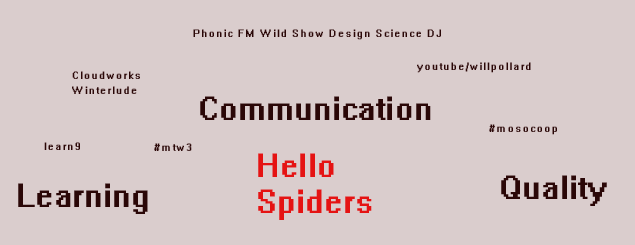A Theory of Public Relations that could help social media etc.
This is an update on previous posts hoping for an explicit theory of public relations that would help social media through more use of Creative Commons and posting of samples.
I think two years ago there was an Animated Exeter event at the cathedral when the work was clearly Creative Commons and also the official clip on YouTube was Creative Commons so the sound could be used with other images. On other occasions things are not so clear cut but something emerges.
On a recent post I quote from an interview with Jean Huang Lundgren, Head of video partnerships for Youtube, Greater China & South East Asia,
Copyright is the content producer’s constant companion. How do you deal with the copyright environment in these emerging markets?
One incredible YouTube function I would like to publicize more, is our powerful Content ID feature, which helps protect copyright owners. Once a content owner uploads its content to our system, it then creates an audio and video reference file which can identify video matches. Our system then scours all of YouTube’s video files to find if there are any matches, then it notifies the copyright owner through our Content Management System. The content owner can then chose to take down the content, leave it up to drive promotions or monetize the content through advertising revenue share. All decisions are made by the content owners. Our system is very powerful, that a content owner can even set criteria on the content. For example, if a film studio wants to take down content that is longer than 10 minutes but allow ads to be served on content less than 10 minutes, they can choose to do so.
The invitation here is to allow 10 minutes or so as promotion, while the complete work is for sale.
A couple of other examples. Quite a lot of Nosferatu is on YouTube but this may encourage people to go to the Northcott Theatre for a bigger screen and a live piano player.
Also the BBC has posted on YouTube one song by Dionne Warwick from her recent CD as performed on Later. Probably she knows about this.
I am getting more interested in sound and radio as I have been supporting the Wild Show on Phonic FM. The live broadcast is covered by OFCOM and PRS but there is no "listen again" and posting to Soundcloud or YouTube or other places has various kinds of result.
As the web spreads I think text publishing may face similar issues and this is turning up around #mtw3 . Quite often there is some version of a text online as well as official publications that are quite expensive. Jean Huang Lundgren in her interview with Asia Pacific Creative Landing Pad also mentions TouTube Education. This links to a list of universities and others posting video. I notice
that the numbers for views drops off quite quickly after the first twenty or so. So this may have an influence on potential students
thinking about a paid for course. I don't know of any studies on how this works but it may be part of the motivation.
Also I find with many conferences that the content is available shortly after the date of the actual event. The value of attending for in
person questions and discussion is not reduced by this. It probably encourages new people to join in. Again, I don't know of any
studies of numbers.
Links welcome to any existing writing on this. If I knew a better basis in PR theory it would help me borrowing stuff for blogs etc.
